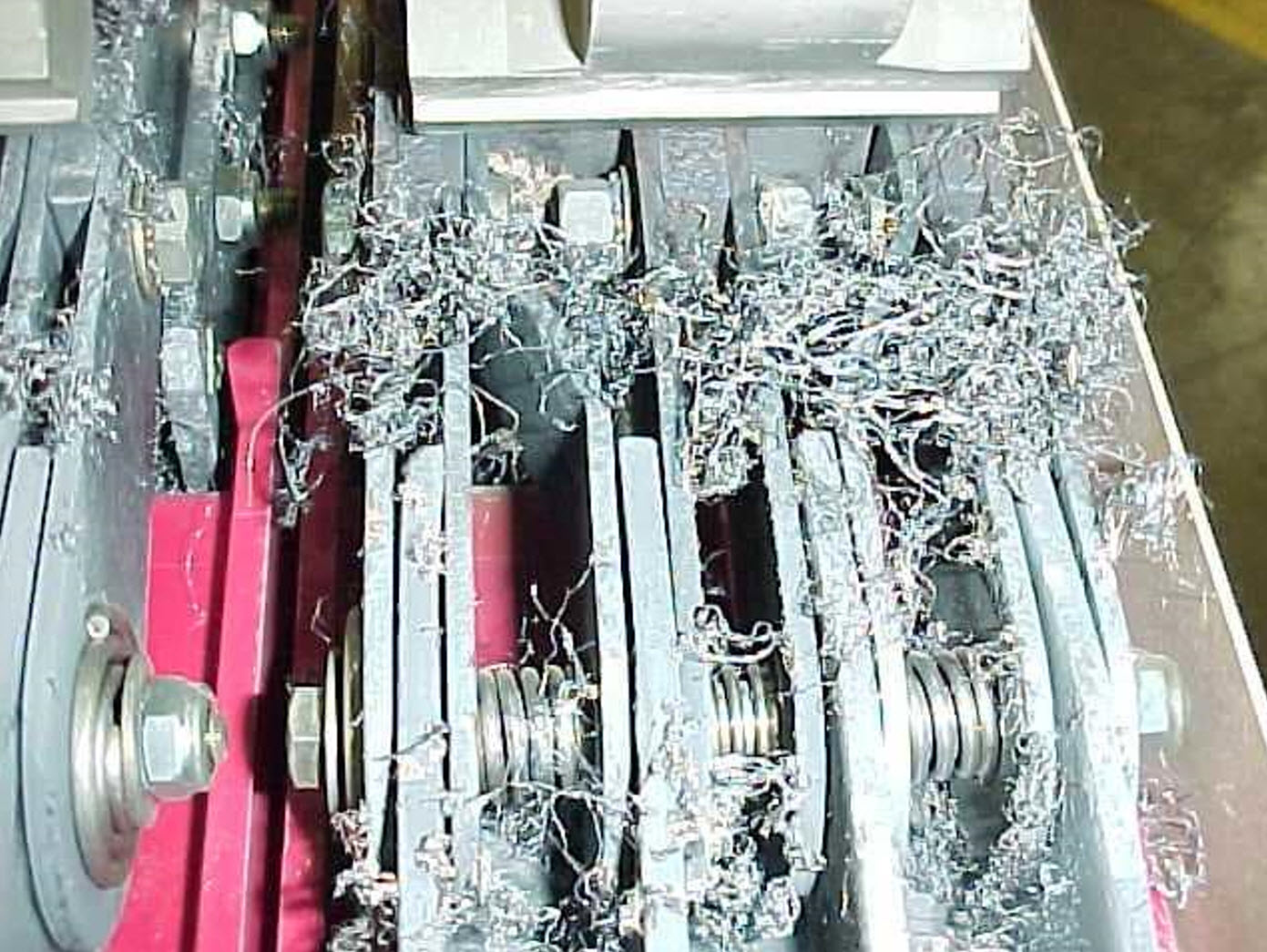SOURCE
https://www.eng-tips.com/viewthread.cfm?qid=172950
The above URL contains the entire discussion. Below is a snippet.
QUESTION
On a 600 Volt motor control centers, I have noticed that manufacturers offer both tin plated and silver plated copper bus for power bus connections. At a 1,200 Amp rating, which type of connection is preferred or does it make any difference.
REPLIES
jraef
Silver and tin can both “grow whiskers”, it depends upon the environment. Silver grows whiskers in the presence of H2S, as is sometimes found in wastewater treatment plants and geothermal power plants. This is a picture of silver whiskers from H2S. From this you can see that they can be very dangerous.
Tin whiskers as well, but the available research on tin whiskering indicates that the whiskers are rarely over a few mm long, so if proper bus spacing is maintained, they don’t tend to cause troubles. For this reason, many facilities engineers who know that Sulphur may exist in their environment, even in very low concentrations, will specify tin plating over silver.
Silver has better bus-to-bus conductivity however, so it is preferable wherever it can be used without problems. But because of the whiskering issue, some manufacturers have started offering tin as standard and charging a premium for silver.
